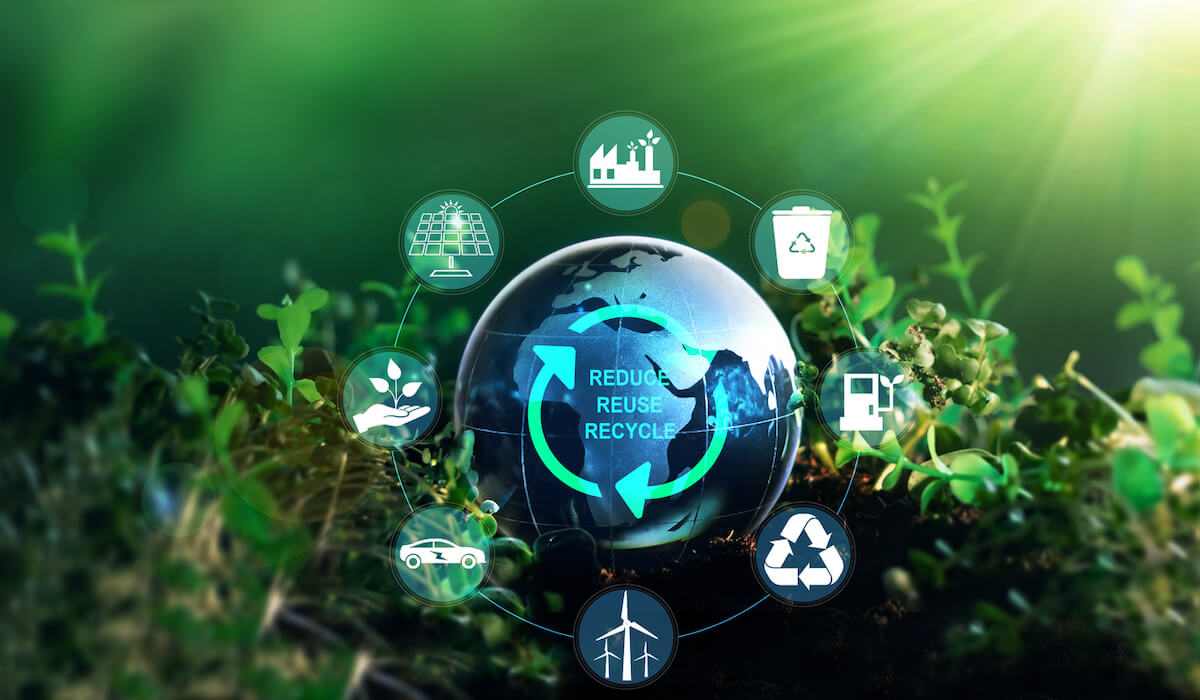Has your company achieved any accidental sustainability wins? I’m talking about decisions you make not because of a desire to be environmentally responsible. The outcome just happens to reduce greenhouse gas emissions, decrease energy consumption, conserve water, or create less waste.
Recently, I have come across five examples of accidental sustainability wins. These are things that people have told me about in conversation. I’m sharing them in a way that doesn’t identify any specific company or application. Perhaps I’m talking about your employer. Do any of these examples sound familiar?
Actions that improve sustainability
Here are some things my contacts have done:
- Switched from a disposable to a reusable version of a product to reduce annual expenses
- Designed a product with reliability and durability as the top priorities
- Redesigned a product to streamline packaging and shipping
- Shrank the size of a product to make it easier for customers to use
- Redesigned a component to allow for less frequent equipment maintenance
Even though it wasn’t the original intent, all these actions have a sustainability story behind them.
Example 1: Disposable vs reusable
In the first example, a customer considered how much money they were spending on a disposable version of a particular medical device. They compared it to the cost of buying one reusable version. Both were equally safe and effective, so they decided to switch suppliers. Their motivation wasn’t to save the resources used to make all those disposable devices. But that’s what happened.
Example 2: Reliability and durability
This supplier knows that its customers’ value reliability over all else. Also, replacing defective products is expensive and time-consuming. They want to do that as infrequently as possible. This supplier makes a product that can last the lifetime of the system it goes into. Their customers appreciate the reliability and durability enough that they are more than willing to pay a higher price for the product. As a happy side effect, the solution saves energy and resources over the lifetime of the system.
Example 3: Packaging and shipping
A company started getting questions from its customers about excessive product packaging. The product in question was being shipped in dry ice. This one was in part motivated by the customers’ environmental concerns. Still, the supplier recognized the benefits of designing a new product that could be shipped at ambient temperature. They would save money in packaging and shipping costs and save their customers the hassle and expense of disposal. If the new approach had cost more, they might not have made the switch.
Example 4: Design shrink
This example shows that it is possible to make a product smaller and create a better customer experience at the same time. That’s a win-win. Shrinking a product usually means reducing materials’ weight per unit. In many applications, a lighter product is easier to use. There are caveats—if a design shrink results in a less durable or less repairable product, that dampens the sustainability advantage of reducing materials inputs.
Example 5: Less frequent maintenance
The last example is relevant for equipment manufacturers. Reducing maintenance frequency allows for less downtime. Customers appreciate that. Productivity goes up, customers save time, and cost-of-ownership for the equipment drops. That can justify a higher component price. When engineers design systems with longer-lasting components, that is also a sustainability win.
The Takeaways
Reducing the environmental impact of product manufacturing and operation doesn’t have to involve hard trade-offs. Sometimes the more sustainable option is also the most cost-effective or higher-performing one. I realize that isn’t always the case. Regardless, I suggest looking beyond immediate calculations of profit margins and taking a holistic view of the entire product lifecycle. Can your design choices positively affect downstream and upstream energy and resource use?
Some investments pay off when you consider longer-term benefits like brand reputation. Obviously, any changes need to keep in mind the reason customers buy from you in the first place. Keep the fast turnaround, yield-enhancing tools and materials, or user-friendly software. Then replace whatever isn’t best serving you or your customers. When you tie sustainability advantages to other things that your customers care about, that’s where accidental sustainability wins pay off.



















